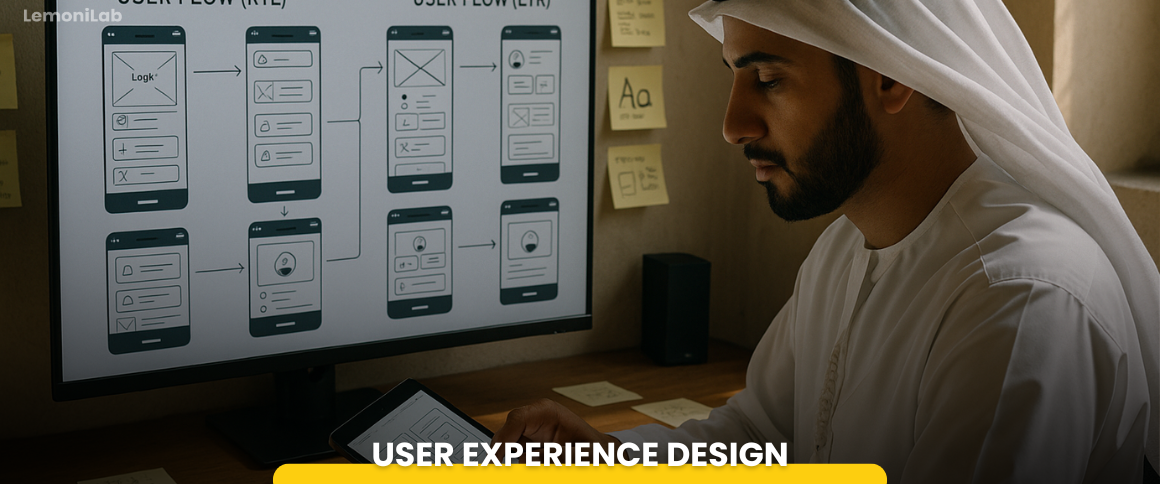Why UX Design Is No Longer Optional? Especially for Arabic-Speaking Users

Think good design is just about pretty screens? Think again. In the Gulf’s competitive digital space, user experience (UX) is now the deal-breaker, especially for apps serving Arabic-speaking audiences.
From government e-services to private-sector platforms, users in the region expect intuitive, culturally aware interfaces that just work. And if they don’t? They leave. Quickly.
Gulf Users Have Unique Expectations — Are You Meeting Them?
Here’s what we’ve learned designing for clients across the UAE and GCC:
-
Right-to-left (RTL) support isn’t optional, but doing it well takes experience.
-
Visual hierarchy, typography, and flow must feel natural in Arabic, not just "flipped" from English.
-
A cluttered interface or unclear action button? That’s a lost transaction.
-
Government platforms especially must serve diverse users, from tech-savvy youth to first-time digital users.
Yet most off-the-shelf UX solutions are built for Western audiences and ignore these regional nuances.
Our UX Design Process at LemoniLab
We don’t guess. We research, prototype, test, and iterate, all while factoring in cultural and linguistic relevance. Our UX team combines:
-
Deep user research in Arabic and English
-
Journey mapping and persona-building based on real Gulf user behavior
-
Mobile-first, RTL-friendly wireframes and interfaces
-
Design systems that ensure consistency, scalability, and faster rollout across products
-
Accessibility standards that go beyond checkboxes
-
Seamless handoff to development for pixel-perfect implementation
Whether you’re launching a fintech app or redesigning a digital ID system in the UAE, we design experiences that feel local, intuitive, and ahead of their time.
Book a free consultation to see how our UX experts can help you build products that users actually enjoy, and return to.
Next up: What AI Chatbots Can Actually Do for GCC Businesses in 2025.



